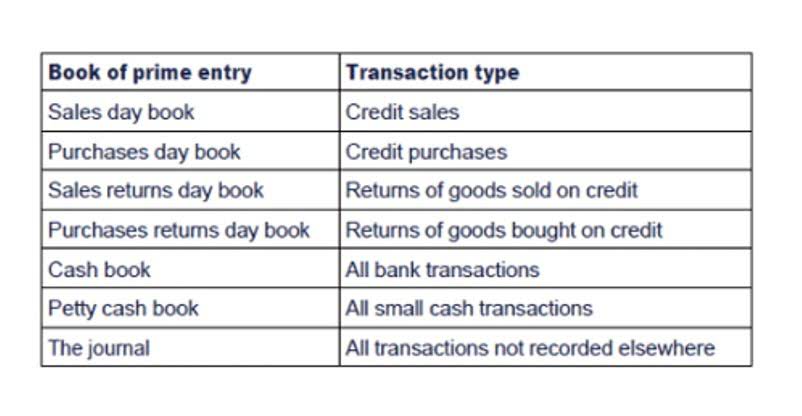Allowance for Doubtful Accounts Definition + Examples

Changes in credit policies, the aging of accounts receivable, and economic conditions can influence this adjustment. By creating an allowance for doubtful accounts, a company can anticipate the loss due to bad debt and account for it in advance. Contra assets are used to reflect the decline in value or the expected reduction in the value of the related asset and provide a more accurate picture of the company’s finances. Businesses can use the proper methods to estimate the AFDA to ensure their balance sheets remain accurate and up-to-date. It is an accounting method to estimate likely losses but doesn’t influence tax liabilities.
Then, decrease your ADA account by crediting your Allowance for Doubtful Accounts account. By estimating the expected uncollectible debts and creating an allowance for them, you can minimize the risk of significant losses arising from bad debts and ensure accurate financial statements. The percentage of sales method assigns a flat rate the allowance for doubtful accounts is a contra asset account that equals to each accounting period’s total sales. Using previous invoicing data, your accounting team will estimate what percentage of credit sales will be uncollectible. The projected bad debt expense is matched to the same period as the sale itself so that a more accurate portrayal of revenue and expenses is recorded on financial statements.
Bad debt reserve journal entry example
In certain situations, there may be instances where a customer is initially unable to pay, resulting in their AR being written off as bad debt. However, after a few weeks or months, the customer manages to make the payment and clear their dues. A company’s allowance for doubtful accounts is directly proportional to its day sales outstanding (DSO).

The allowance for doubtful accounts, aka bad debt reserves, is recorded as a contra asset account under the accounts receivable account on a company’s balance sheet. It’s a contra asset because it’s either valued at zero or has a credit balance. In this context, the contra asset would be deducted from your accounts receivable assets and considered a write-off. Regardless of company policies and procedures for credit collections, the risk of the failure to receive payment is always present in a transaction utilizing credit.
Everything You Need To Build Your Accounting Skills
Any amount added to the allowance for a questionable account will always represent an amount for the deduction. Recording any amount here means that the business can easily see the extent of bad debt expected by the industry and how much it is creating an offset to the total accounts receivables of the company. To account for potential bad debts, a company debits the bad debt expense and credits the allowance for doubtful accounts.
- Let’s assume a company finds out that 10% of its accounts receivables are over 60 days due and only 5% are due within 60 days.
- It can also help you to estimate your allowance for doubtful accounts more accurately.
- Companies place the allowance of doubtful accounts under assets in their balance sheets.
- Companies often extend credit to customers and allow them to pay at a later date.
- The first step in accounting for the allowance for doubtful accounts is to establish the allowance.
- Companies create an allowance for doubtful accounts to recognize the possibility of uncollectible debts and to comply with the matching principle of accounting.
